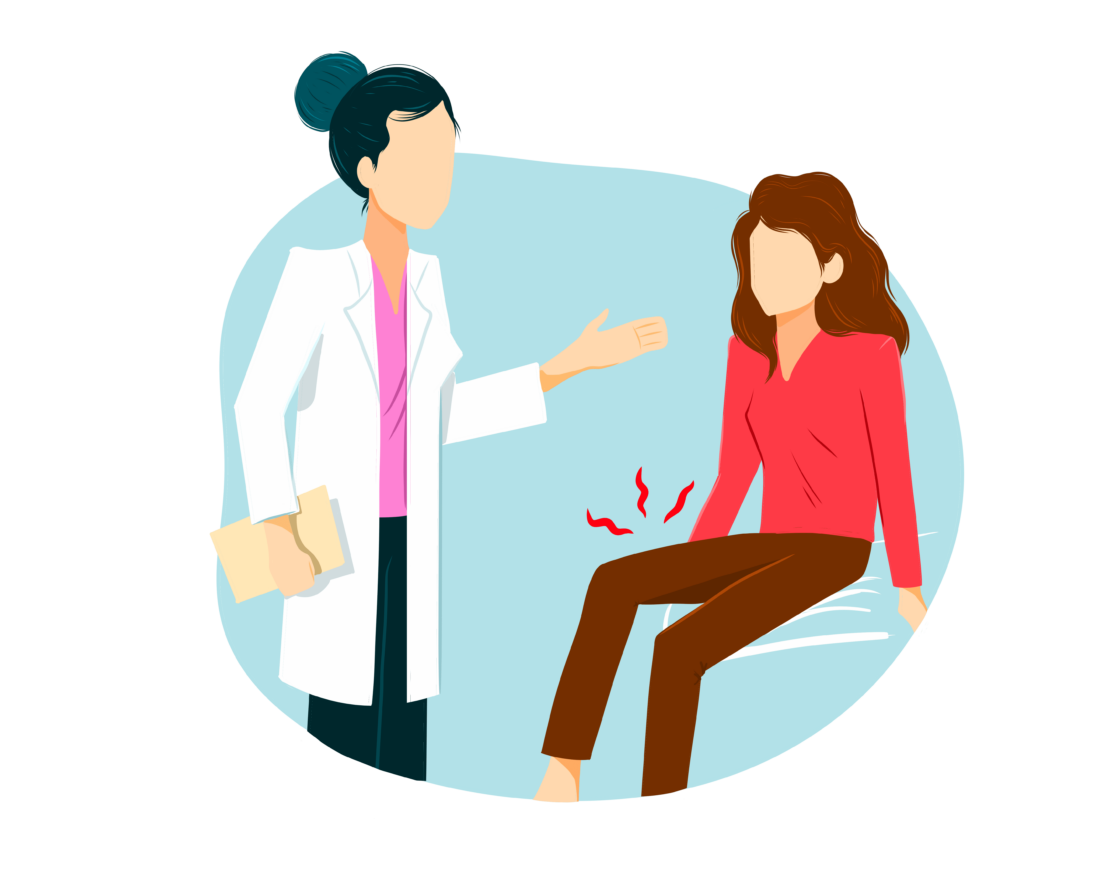Menopause muscle aches and pains are common symptoms experienced during menopause. These musculoskeletal pains, more noticeable during the postmenopausal period and are linked to declining estrogen levels. As estrogen diminishes, the protective layers it provides to prevent muscle aches weaken which leads to heightened pain sensations. Treatments like hormone replacement therapy (HRT) can alleviate symptoms by restoring hormonal balance and preventing bone mineral loss. Lifestyle changes including exercise and a nutritious diet plays a vital role in managing these symptoms.
It’s important to note that menopause muscle aches and pains are not typically associated with cancer but may escalate into other musculoskeletal disorders. Delve deeper into the article to gain more understanding about this symptom.
What are Menopause Induced Aches and Pains?
Menopause-induced muscle aches and pains is one of the common symptoms that women endure during the menopause process which causes discomfort and soreness. These are often referred to as musculoskeletal pains which is one of the serious complaints for women undergoing menopause.
In the study conducted by the group of Chang-bo Lu from Fourth Military Medical University in China, they’ve found out that occurence of menopausal muscle aches and pains varies in different menopausal stages. It is not common for women in their transitional stages or perimenopausal period but peaked during the postmenopausal period and is getting more noticeable. Muscle aches and pains also used to be included on the list of common menopausal symptoms, along with hot flashes, mood swings, and depression.
As estrogen levels decline during menopause, there is a greater chance of experiencing musculoskeletal pain because this hormone is important for preserving bone density and joint health. Comprehending the fundamental reasons behind menopausal aches and pains is essential for putting wellness strategies into action and enhancing general health.
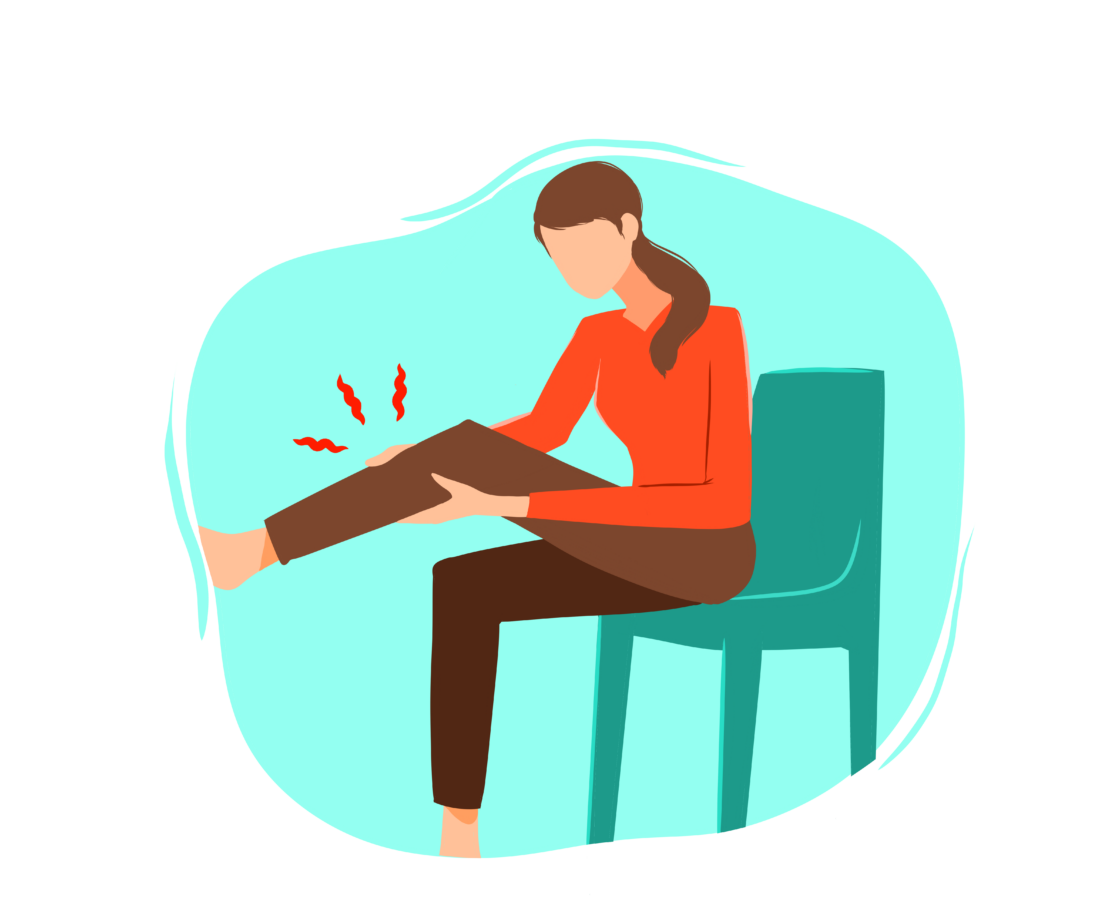
What Causes Menopausal Aches and Pains?
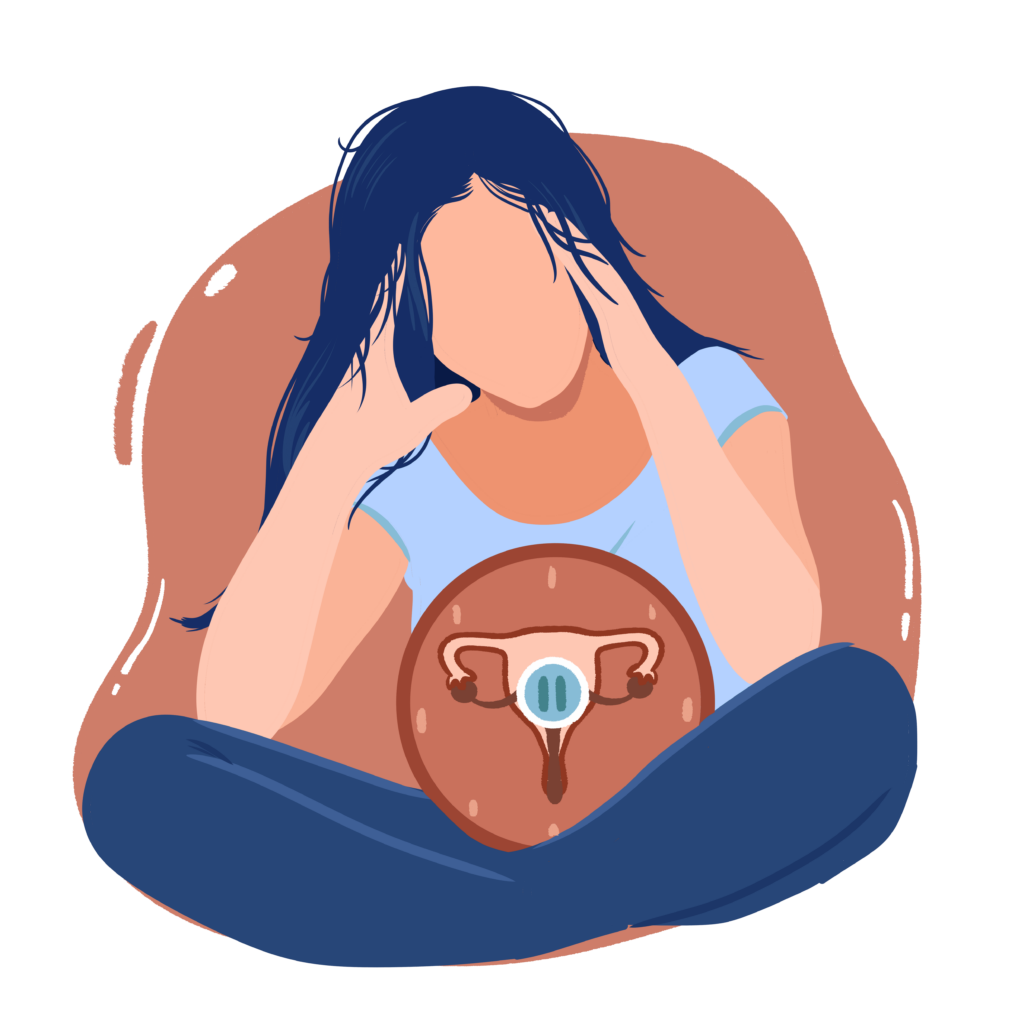
Menopausal aches and pains are primarily caused by hormonal changes, particularly the decline in estrogen levels during menopause. Reduced estrogen can make a person more susceptible to musculoskeletal pain because it is necessary for preserving bone density and joint health.
According to the study of Fiona Watt from University of Oxford, research showed that estrogen develops a protective layer which prevents muscle aches less in females. As women reach menopause stages, the protective layers provided by estrogen become thinner, eventually leading to their loss, which causes women to experience more intense muscle pains.
Also, in the research conducted by Valeri Nikolov, when estrogen levels are low, women experience pain more intensely. Therefore, in the final stages of menopause, postmenopausal women experience greater pain symptoms than premenopausal women.
When it comes to treating menopause aches and pains, hormone replacement therapy (HRT) or other drugs can help balance out hormonal imbalances and offer relief. To effectively manage menopausal aches and pains, lifestyle changes including consistent exercise, eating a healthy weight, and using relaxation techniques are also necessary.
Can HRT Help Alleviate Aches and Pains During Menopause?
A variety of techniques are used to treat menopausal aches and pains with the goal of reducing discomfort and enhancing general quality of life. One of the most important tools in the management of menopausal symptoms, including musculoskeletal pain, has been hormone replacement therapy (HRT), particularly estrogen supplementation.
When there are no contraindications to its usage, hormone replacement therapy (HRT) is an effective means of controlling menopausal symptoms. Based on the study by Peter Tiidus from Wilfrid Laurier University, accelerated bone mineral loss due to decline in hormones is prevented by HRT. It promotes bone mass and density and even provides protection against damage to vascular tissues, the cardiovascular system, and the neural system, in addition to bone and muscle.
Another promising treatment for menopausal aches and pains is complementary therapies including yoga, acupuncture, and massage therapy. Supporting bone health and reducing discomfort requires making lifestyle changes that include regular exercise and eating a nutritious diet high in calcium and vitamin D.
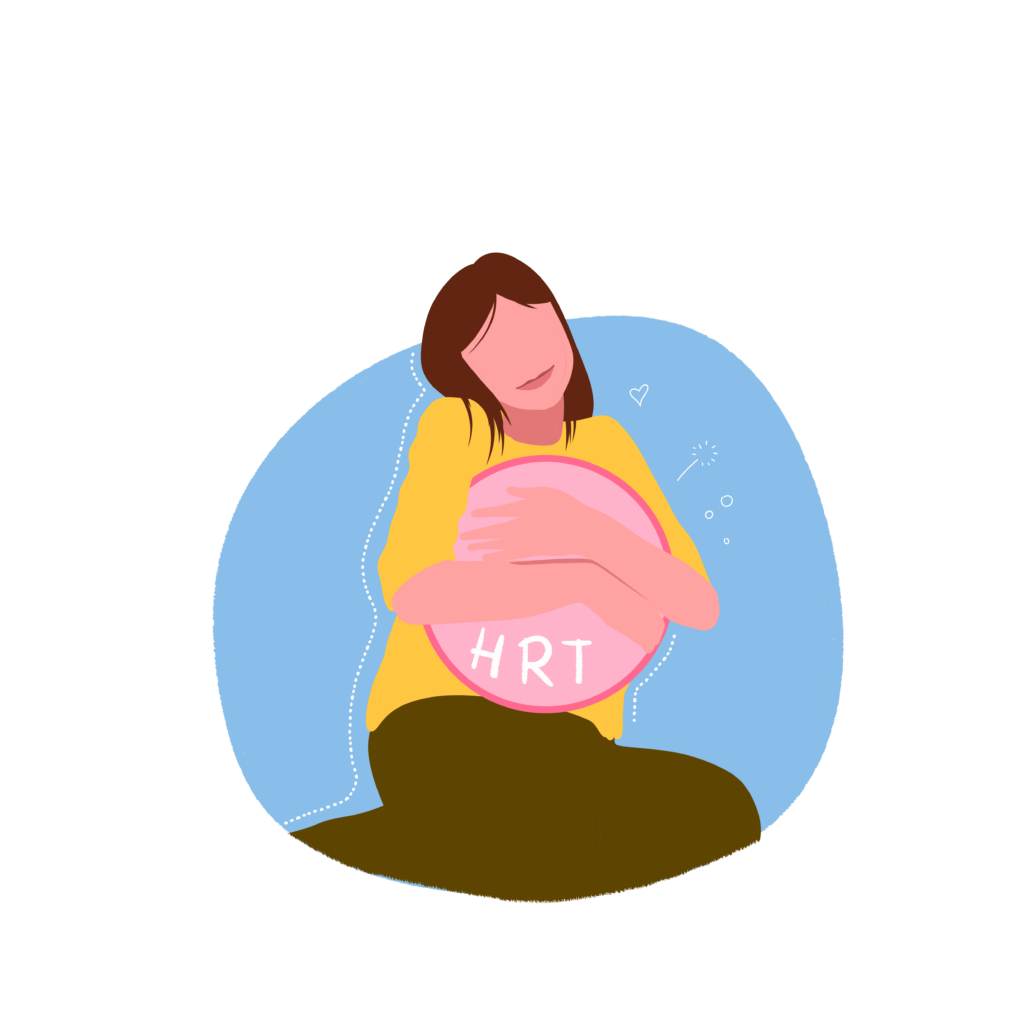
Is Menopause Muscle Aches and Pains Related to Cancer?
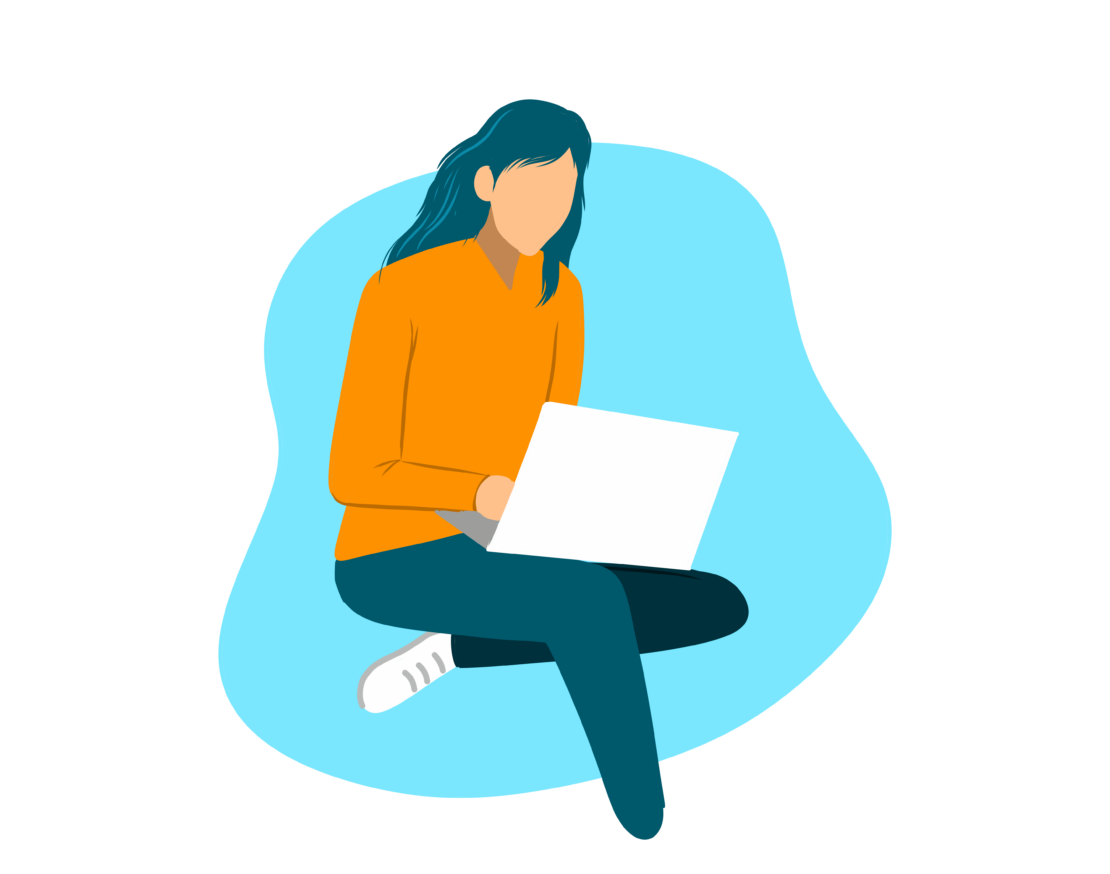
No, menopause muscle aches and pains are not typically related to cancer. There is no significant association between menopause-related musculoskeletal symptoms and cancer risk. Instead, these symptoms are primarily attributed to hormonal changes and aging processes occurring during menopause. A high degree of pain in the musculoskeletal system has the potential to escalate into a number of disorders, such as osteoporosis, fibromyalgia, lupus, and rheumatoid arthritis. However, it’s essential to recognize that persistent or severe muscle aches and pains should prompt consultation with a doctor. Menopausal muscle aches and pains are rarely caused by cancer, but if symptoms develop or continue, it’s important to rule out any underlying medical issues and seek proper medical attention.
When to Consult a Doctor?
You should make an appointment with a healthcare practitioner if your menopause-related muscular aches and pains are severe or chronic. If the pain interferes with your everyday activities, disrupts your quality of life, or if you experience any worrisome side effects in addition to the muscle pain, such weakness, redness, or swelling, we advise you to see a doctor.
It’s also important to address any new or worsening symptoms with your doctor if you have a history of osteoporosis, arthritis, or other musculoskeletal diseases. This will guarantee proper therapy and prevent consequences.
OMC is committed to delivering thorough care and personalized treatment regimens that address your specific needs and concerns about menopausal muscular aches and pains. Contact us today to see how we may assist you with your symptoms.
